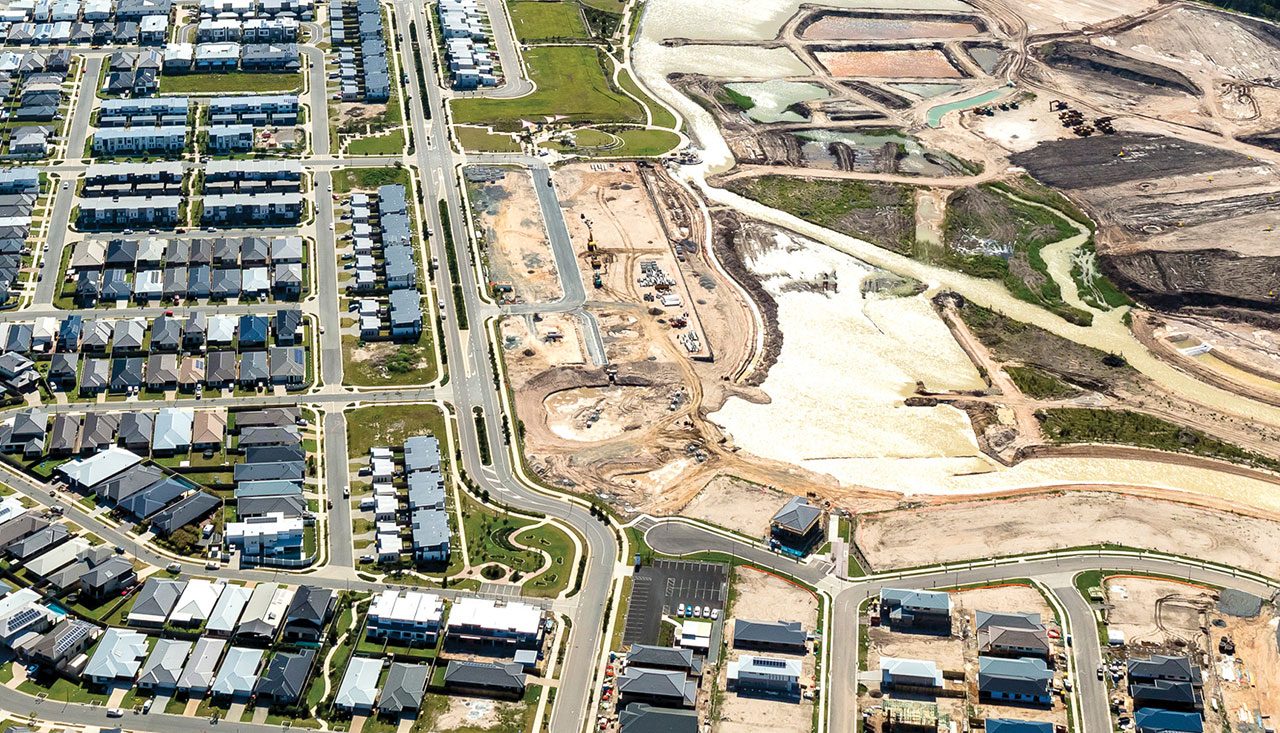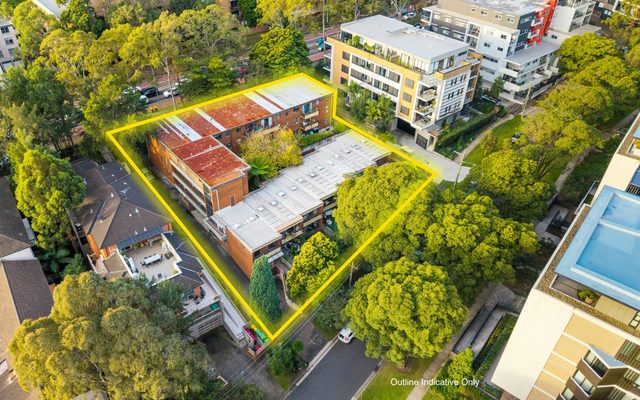This article is from the Australian Property Journal archive
AS Australia grapples with a national housing crisis, fresh data from the Australian Bureau of Statistics again suggests the worst for housing approvals may have passed – but construction capacity constraints is likely to provide a drag on any recovery.
There were 13,991 approvals in August, a 6.1% fall over the month. That was on the back of a 16.5% drop-off in apartments and townhouses to 4,418, after a rebound in July. The result was in turn driven by a decrease in approvals for high-density apartments. There were 1,214 apartments approved in nine or more storey blocks in August, compared to 2,504 in July.
Detached house approvals inched upwards by 0.5% in August to 9,338. NSW recorded the strongest growth (up by 3.9%), followed by Western Australia (by 1.9%) and Victoria (1.4%). Both Queensland (down by 3.9%) and South Australia (by 4%) moved backwards.
In annual terms, total approvals are 3.6% higher. Detached homes are 8.4% higher and apartments and townhouses are lower by 6.1%.
“Apartment feasibilities will remain challenged near term. Delays, higher debt costs, and rebased build tender prices will continue to cause headaches for developers,” said Maree Kilroy, Oxford Economics Australia’s senior economist.
Oxford Economics is forecasting house commencements will gain 6% in FY25, lifting national total dwelling starts by 2% to 158,900.
“With the upturn spreading across all build forms and states, a sharper uplift is forecast for FY2026. Mortgage rate cuts will aid the release of pent-up housing demand, while traction on the housing policy front will become increasingly obvious.
“However, industry capacity will act to limit the velocity of the recovery.”
A recent Oxford Economics Australia report forecasts total dwelling completions to total 940,000 over the five years to the middle of 2029 – some 22% below the National Housing Accord target of 1.2 million “well-located” homes across the country.
The construction industry is facing a severe shortage of workers. In Brisbane in particular, there is going to be the major risk leading up to the 2032 Olympics and Paralympic of competition for both labour and materials between apartment and housing and infrastructure construction.
The crunch in housing supply has put housing increasingly out of reach. High mortgage rates and soaring prices has driven housing affordability to its worst level on record, as Australians work overtime, take on second jobs, and even skip on healthcare costs in a bid to break into the tight market which is crying out for more supply. In the rental market, vacancies have eased slightly over the past year but remain anchored near historic lows.
A Productivity Commission review for boosting NSW’s housing supply handed down last month suggested growing the state’s construction workforce and expanding the Transit Oriented Development (TOD) Program zones to accommodate more higher-density housing in Sydney’s inner eastern and North Shore suburbs.
UDIA NSW CEO Stuart Ayres said yesterday that doubling the permissible floor space ratio in the TOD 2 sites and greatly increasing density in other areas which are already zoned for high density apartments will significantly increase the capacity of the industry to deliver housing.




